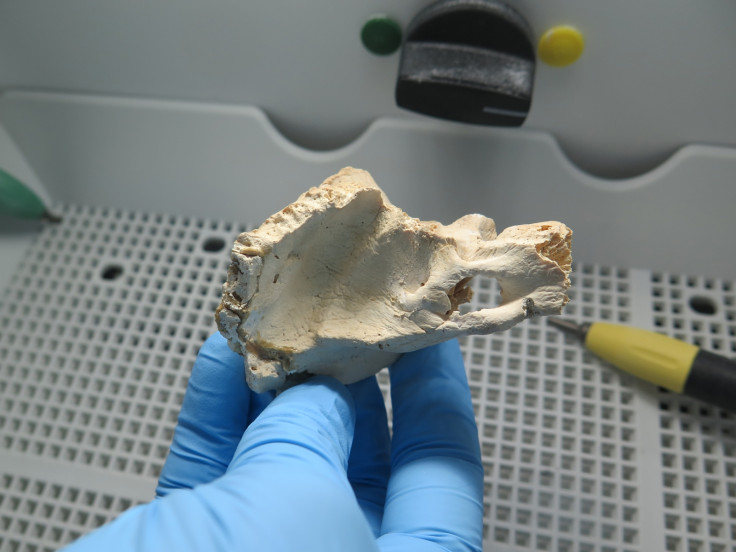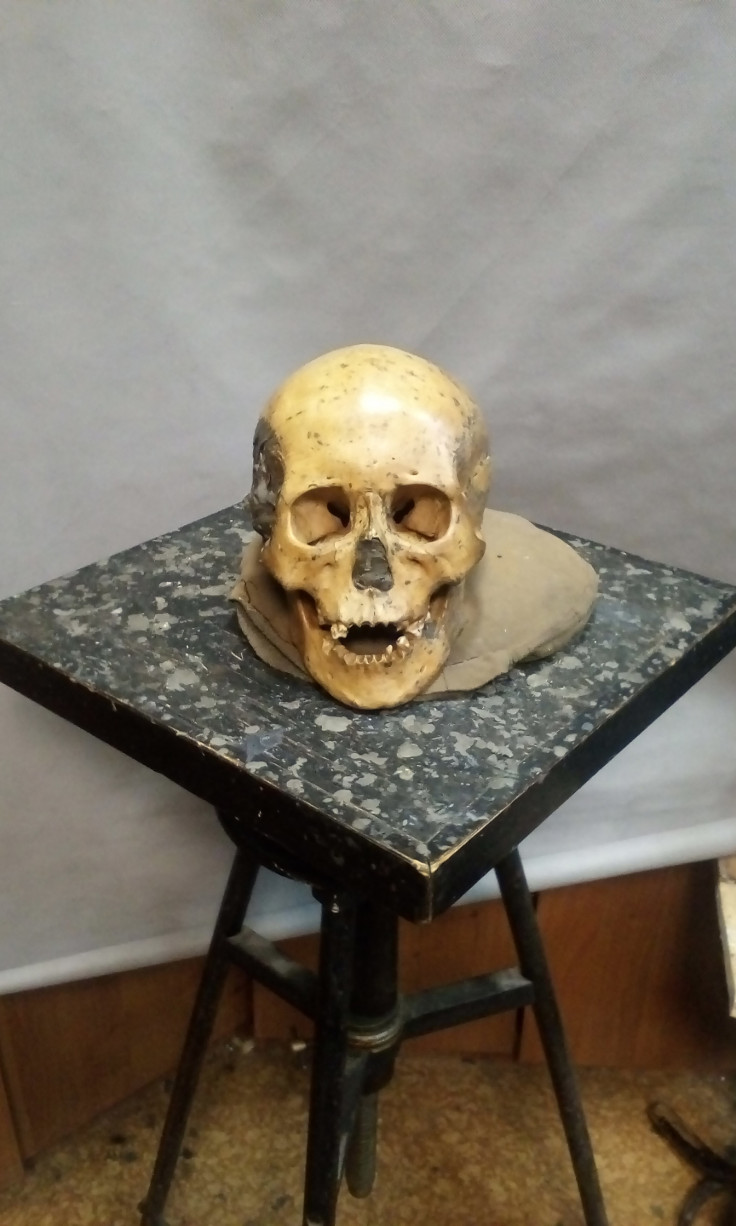People's genetics in far eastern Russia haven't changed much since the Stone Age
People in the Primorye region of Russia have remained genetically isolated for millenia.
Analysis of 7,700-year-old human remains found in Russia has shown that modern East Asian people have a similar genetic make up to their Stone Age hunter-gatherer ancestors.
Five Stone Age humans' skeletons were found in a cave known as Devil's Gate in the Primorye region of Russia, close to its east coast. Two of them had DNA that were well preserved and the least contaminated – a woman in her twenties and a woman of about 50, according to a paper published in the journal Science Advances.
The team extracted DNA from the ancient remains and compared it with modern-day DNA data from people in the same area from an online database to compare the percentage that was the same. The challenge in working with ancient DNA samples such as this is spotting contamination with modern DNA and separating that from the results. In the samples from the two women, the contamination was low, at only 1-2%.
Analysis of the two genomes showed that they were very close to the present-day DNA of the Ulchi people of the Amur Basin in Eastern Russia and China, who speak the Tungusic language. The Stone Age remains were also very similar to other Tungusic-speaking ethnic groups in China.
The middle-aged woman's DNA was the most intact: she had brown eyes and thick, straight hair, the researchers say. She was almost certainly lactose intolerant but probably did not suffer from the so-called alcohol flush, a reaction to alcohol common in East Asian people.
Genetic isolation
The findings suggest that there was very little migration into or out of the region for almost 8,000 years. This was a very high level of continuity compared with Western Europe, where the Neolithic saw waves of farmers, potters and horse riders from other areas settling in the region.

What set the Stone Age Primorye region apart from other areas was its particularly harsh climate, study author Veronika Siska, a graduate student at the University of Cambridge, told IBTimes UK.
"It's very difficult to reach this region. One idea is that these technologies didn't really spread that far up north," Siska said. "The Ulchi preserved their original lifestyle – mostly hunting and fishing – until very recent historical times, in the last century or so."
"Another option is that technology can spread without actual people moving and mixing with the indigenous populations, as the spread of ideas and culture."

© Copyright IBTimes 2025. All rights reserved.






















